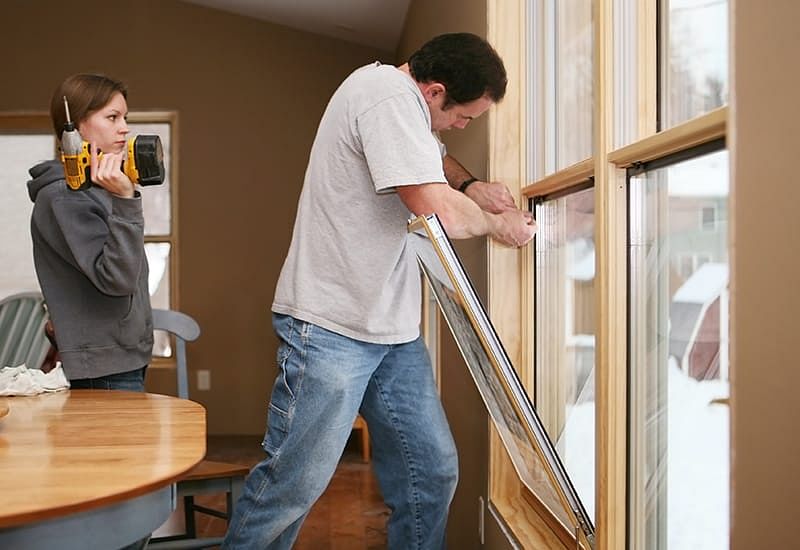
Unlocking Energy Efficiency: DIY Energy-Efficient Windows
Creating a more energy-efficient home doesn’t always require major renovations. One impactful and relatively simple project is upgrading your windows to be more energy-efficient. In this guide, we’ll explore the benefits of DIY energy-efficient windows and how you can embark on this rewarding project.
Understanding the Importance of Energy-Efficient Windows
Windows play a crucial role in a home’s energy efficiency. They act as a barrier between your indoor space and the external environment. Energy-efficient windows help regulate indoor temperatures, reducing the need for excessive heating or cooling. This not only contributes to environmental sustainability but also translates to significant cost savings on your energy bills.
Choosing the Right Materials
The first step in your DIY energy-efficient window project is selecting the right materials. Opt for double or triple-pane windows with insulating gas between the layers. Low-emissivity (Low-E) coatings on the glass can further enhance the window’s ability to reflect heat. Additionally, choosing frames made from materials like fiberglass or vinyl provides better insulation than traditional aluminum frames.
Sealing and Weatherstripping Techniques
Ensuring a tight seal around your windows is essential for preventing energy leaks. Apply weatherstripping to seal gaps and cracks around the window frames. Check for any drafts and use caulk to seal these areas effectively. Proper sealing not only enhances energy efficiency but also improves indoor comfort by minimizing drafts and cold spots.
Installing Energy-Efficient Window Films
An affordable and DIY-friendly option for improving the energy efficiency of your windows is applying window films. These films act as a barrier, reflecting UV rays and reducing heat transfer. They are available in various shades and designs, allowing you to customize the aesthetics while enhancing energy performance. Window films are a cost-effective solution that can be easily applied by homeowners.
Maximizing Natural Light with Solar Shades
While enhancing energy efficiency, you don’t have to sacrifice natural light. Consider installing solar shades, which are designed to reduce glare and heat gain while still allowing ample daylight to illuminate your interiors. These shades are available in a range of styles, offering both functionality and aesthetic appeal.
DIY Energy-Efficient Window Treatments
Window treatments, such as curtains and blinds, can also contribute to energy efficiency. During the winter, thick curtains can provide additional insulation, reducing heat loss. In the summer, light-colored blinds can reflect sunlight, minimizing heat gain. DIY energy-efficient window treatments offer a versatile and budget-friendly way to enhance both the style and performance of your windows.
Ventilation Strategies for Energy Efficiency
Proper ventilation is essential for maintaining indoor air quality, but it can be achieved without compromising energy efficiency. Use window fans strategically to create cross-ventilation, allowing fresh air to circulate naturally. This approach minimizes the reliance on air conditioning systems, promoting energy savings while keeping your home well-ventilated.
Regular Maintenance for Long-Term Efficiency
After implementing energy-efficient measures, it’s crucial to prioritize regular maintenance. Check for any signs of wear, damage, or gaps in seals. Addressing issues promptly ensures that your DIY energy-efficient windows continue to perform optimally, providing long-term benefits in terms of energy savings and comfort.
In the midst of your DIY energy-efficient window project, consider consulting with professionals or seeking guidance from reliable sources to ensure that your chosen methods align with your home’s specific needs.
Incorporating DIY Energy-Efficient Windows into your home improvement initiatives is a step towards a more sustainable and cost-effective living space. By taking these DIY measures, you not only contribute to energy conservation but also create a more comfortable and environmentally friendly home.
